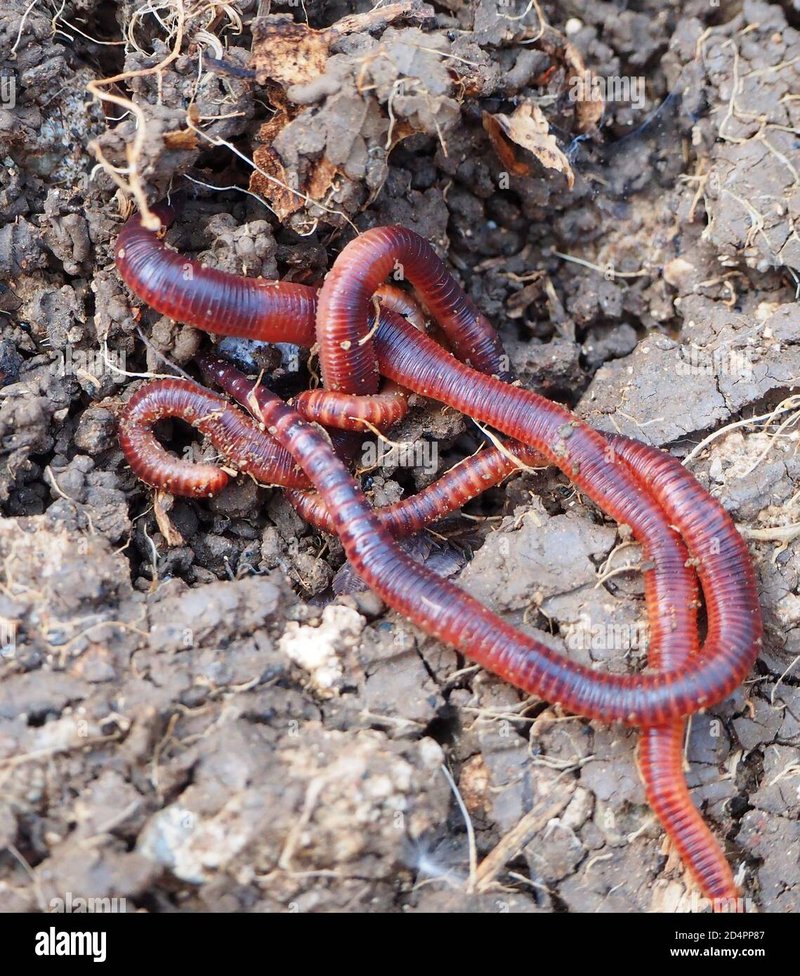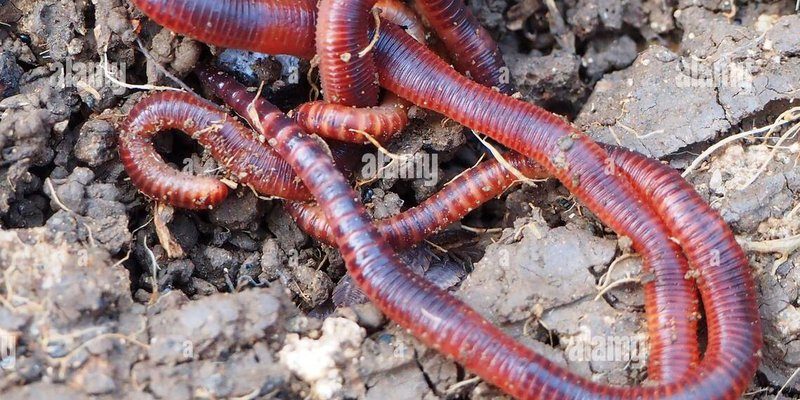
To paint a clearer picture, let’s think about a garden as a bustling city. Just as there are friendly residents like teachers and shop owners, there are also those who have different agendas, like predators looking for a meal. Understanding these natural predators of earthworms can help you protect your garden’s health and foster a more vibrant ecosystem. So, why do we need earthworms in our gardens anyway? And what makes these predators so important? Let me explain.
Why Earthworms Matter in Your Garden
Before diving into the predators, let’s take a moment to appreciate why earthworms deserve a place in your garden. These squiggly little beings are like nature’s tillers; they burrow through the soil, helping to aerate it and improve drainage. Their movement creates channels for water and nutrients to flow, essentially making the soil healthier for plants to thrive.
Moreover, earthworms digest organic matter, breaking it down and turning it into rich compost. This process, in turn, enriches the soil with beneficial microorganisms. You might be wondering if this is all enough to warrant their protection from hungry predators. Well, here’s the thing: a balanced ecosystem relies on a delicate interplay between organisms, including both prey and predators.
While it can seem daunting to think about those who feast on earthworms, it’s important to recognize that these predators actually help control earthworm populations and contribute to the balance in your garden’s ecosystem.
Birds: The Feathered Predators
First up on the predator list are birds. Whether it’s robins hopping around or those pigeons perched overhead, many birds find earthworms to be a delicious treat. The sight of a bird pecking at the ground can be a gardener’s mixed bag of feelings. On one hand, birds help keep pest populations in check, but on the other hand, they also have a taste for those valuable worms.
Birds have excellent vision and can easily spot worms wriggling just beneath the soil surface. Honestly, they’re so good at it that you might find them in your garden more often than you’d like. To protect your earthworms from these feathered predators, consider adding barriers like garden netting or using decoys to keep birds at bay.
Frogs and Toads: The Amphibian Allies
Next up are frogs and toads, those nifty little amphibians that can often be found lounging around in moist spots in your garden. Just like birds, they’re also on the hunt for their favorite meal: earthworms. If you’ve ever heard a frog croaking on a warm evening, know that it’s likely on the lookout for its next dinner.
While they might seem harmless, a hungry toad can chow down on quite a few worms in one night. They usually hang out near water sources, making them a constant presence in damp gardens. You can create a more inviting habitat for frogs and toads by adding small ponds or keeping areas of your garden slightly wild.
Snakes: The Slithering Predators
You might think of snakes as scary creatures, but they play an important role in the garden ecosystem, too. Some snakes, especially those found in gardens, enjoy a diet that includes earthworms. They might slither through your beds, looking for easy meals, and while it’s tempting to shoo them away, you might want to think twice.
Snakes help keep the garden balanced by controlling populations of rodents and other pests. In other words, those slithering critters can help protect your homegrown veggies while munching on the occasional worm. If you find that snakes are becoming too numerous, consider safe deterrent methods that won’t harm the snakes or your garden.
The Role of Insects: Beetles and Ants
Insects can also impact earthworm populations in surprising ways. Certain beetles, like the predatory larval stage of the **ground beetle**, will actively hunt for earthworms. Additionally, **ants** can sometimes be found invading the burrows of earthworms, where they may feast on smaller, vulnerable ones.
While it may seem like insects are solely a nuisance, many insect predators are vital parts of the soil ecosystem. They help decompose organic matter, ultimately enriching the soil. If you’re dealing with too many predator insects, natural repellents or companion planting can help balance their presence without causing harm to other beneficial organisms.
Additional Risk Factors: Soil Conditions and Habitat
It’s worth noting that not only natural predators but also environmental conditions can affect earthworm populations in your garden. Factors like soil temperature, moisture levels, and pH balance can either promote or hinder earthworm survival.
For instance, **drought** can dry out the soil, making it difficult for earthworms to thrive. Conversely, overly saturated soil can drown them. Maintaining a healthy balance through good watering practices and mulching can help keep your earthworms happy and thriving among their natural predators.
Consider adding organic matter to improve the soil’s structure, making it more hospitable for earthworms. By enhancing the habitat, you can support their populations, even with predators around.
Striking a Balance: Coexisting with Garden Predators
So, how do you strike that all-important balance between protecting your earthworms and allowing their predators to thrive? It all comes down to understanding the roles each creature plays in your garden.
Encouraging biodiversity is key. By creating a habitat that attracts various species, like birds, frogs, and beneficial insects, you can harness their predatory skills to control pests while keeping the earthworm population healthy. And remember, it’s about finding harmony—too many predators can lead to trouble, but a few can help maintain balance.
You might also consider planting practices that naturally deter certain predators while fostering a welcoming space for others. For example, hedging plants can provide cover for earthworms while still attracting beneficial birds.
Understanding the natural predators of earthworms in the garden is more than just recognizing who’s eating whom. It’s about appreciating the complex web of life that each creature contributes to. Earthworms, with their tireless work enriching the soil, are essential to a healthy garden ecosystem. Meanwhile, their predators help keep their numbers in check and prevent overpopulation, creating a balanced environment.
So, next time you spot a bird or a curious toad in your garden, remember they’re part of the bigger picture. With a little compassion and knowledge, you can learn how to coexist with these predators while nurturing the earthworms that help your garden flourish. It’s all about balance, after all!

